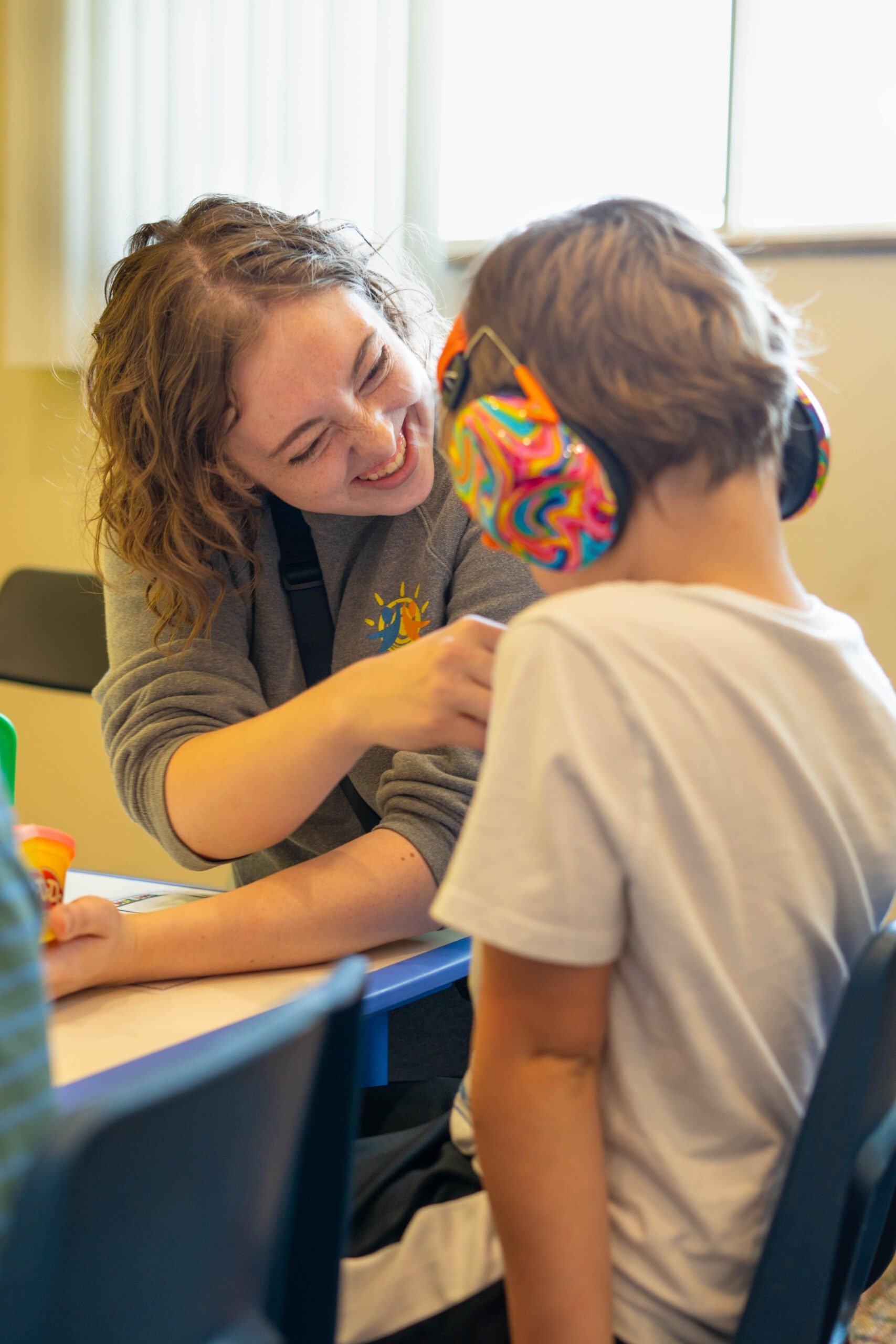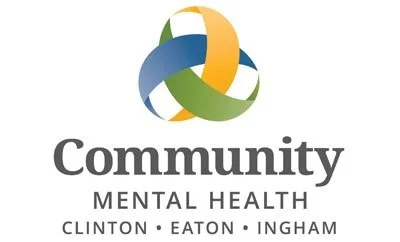Welcome to
ABA Insight
ABA Insight empowers children and families with evidence-based ABA therapy, focusing on building independence, improving communication, and enhancing the quality of life for those facing developmental and behavioral challenges. Through personalized care and a compassionate approach, we’re here to help every learner thrive!
About Us
Our priority is to provide a comfortable, safe and positive experience. By working together with caregivers and learners, Insight’s clinical team can achieve effective, meaningful therapeutic results. Our clinicians look for caregiver and learner input when assessing, designing, and evaluating all treatment plans. Come visit us, you’ll see, hear, and feel the difference; our approach is collaborative, empathetic, and inclusive.
At ABA Insight, we collaborate with individuals diagnosed with autism to create a life that is meaningful to them. We focus on creating joyful relationships, building social learning repertoires, and developing language for independence. We use Applied Behavior Analysis (ABA) in natural, supportive ways while our learners assent to the therapy process and enjoy their time with us!
ABA Insight is a trusted provider of ABA. Our clinical services and operations are accredited by the Autism Commission on Quality (ACQ) and we're a Behavioral Health Center of Excellence (BHCOE) Training Site. We’ve established positive relationships with local Community Mental Health (CMH) offices and Eastern Michigan University (EMU). We service Washtenaw (Ypsilanti & Ann Arbor), Monroe, and Clinton, Eaton, Ingham counties.
ABA Insight has translation services available, please contact 734-252-6522 for more information.
Meet Our Team
Our team of Licensed Behavior Analysts has over 30 years of combined experience designing and implementing treatment programs that drive socially significant change and improve the quality of life for individuals with autism and other developmental challenges. Our approach is rooted in evidence-based ABA therapy, ensuring that every individual receives the personalized support they need to thrive at home, in school, and in the community.
We believe true progress happens through collaboration. Our dedicated clinical team partners closely with families, educators, physicians, speech-language pathologists (SLPs), occupational therapists (OTs), and other professionals to create comprehensive, goal-driven treatment plans that foster growth, independence, and long-term success. By equipping, empowering, and inspiring each individual, we help unlock their full potential and create meaningful, lasting improvements in their daily lives.
Our Values
Compassionate
We care about our clients like family. We do not just go through the motions in our therapy. We put our hearts and compassion into our clients, daily. We understand the uniqueness of each child and go above and beyond to give them the best therapeutic environment and care they deserve!
Empowering
We strive to teach caregivers strategies for managing behavior and teaching new skills specific to their child's learning style, resulting in less stress within the family unit.
Committed
Insight staff are resilient and committed to working as a team, especially when faced with challenging obstacles. We will be with you each step of the way to success.
Ethical
Insight is committed to acting with integrity and transparency. We prioritize our clients by following the professional and ethical standards set by our accrediting and licensing organizations. Our business practices will never conflict with our ethical commitments.
News & Resources
Personalized Support
Insight is a locally owned, small business that is dedicated to understanding and meeting the needs of our learners, their families, our employees and community. By providing frequent continuing education and professional development opportunities to every employee, we’re equipped to implement industry best practices developed from current research. We offer individualized and effective interventions, while honoring personal preferences and goals.
At Insight we value developing personal relationships to equip and empower our learners and their caregivers. Our clinical team will be empathetic, inclusive, and compassionate while working with your loved one. We promise to do everything we can to create an inspiring, uplifting, and energetic learning environment. Working together closely, we’ll achieve results!
Find A Location Near You
Ann Arbor Center
100 N. Staebler Rd. Suite B
Ann Arbor, MI 48103
Monroe Center
910 S Telegraph Rd
Monroe, MI 48161
Lansing Center
6520 Mercantile Way Suite 5
Lansing, MI 48911
Ypsilanti Center
304 Harriet St.
Ypsilanti, MI 48197

























